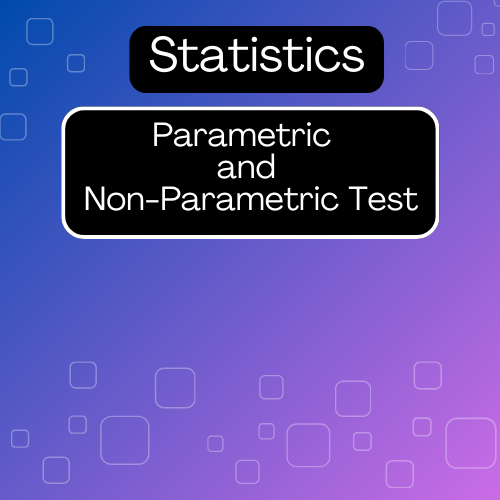After mastering descriptive statistics, it’s time to dive into inferential statistics. Here, we use various tests to draw conclusions about the population based on sample data. These tests fall into two main categories: parametric and non-parametric.
Parametric Tests:
- These tests make assumptions about the population, usually that the data follows a normal distribution.
- They rely on parameters like the mean and standard deviation.
- When assumptions are met, parametric tests are more powerful, meaning they can detect differences or effects more easily.
Examples of Parametric Tests:
- ttests: Compare the means of two groups. Imagine you’re comparing test scores between two classes.
- ANOVA (Analysis of Variance): Compare the means of three or more groups. Think of comparing sales across multiple regions.
Non-Parametric Tests:
- Non-parametric tests don’t assume a specific distribution. They’re handy when data isn’t normally distributed or when dealing with small sample sizes.
- More suitable for ordinal data (data that can be ranked but not precisely measured) or skewed distributions.
Examples of Non-Parametric Tests:
Spearman’s Rank Correlation: Assess the relationship between two ranked variables. For example, looking at the correlation between ranks in customer feedback and sales.
Mann-Whitney U Test: Used to compare two independent groups. Picture it as comparing customer satisfaction scores between two different stores.
Kruskal-Wallis Test: Compare three or more independent groups. It’s like ANOVA but for data that doesn’t fit the normal distribution.
Chi-square Test
